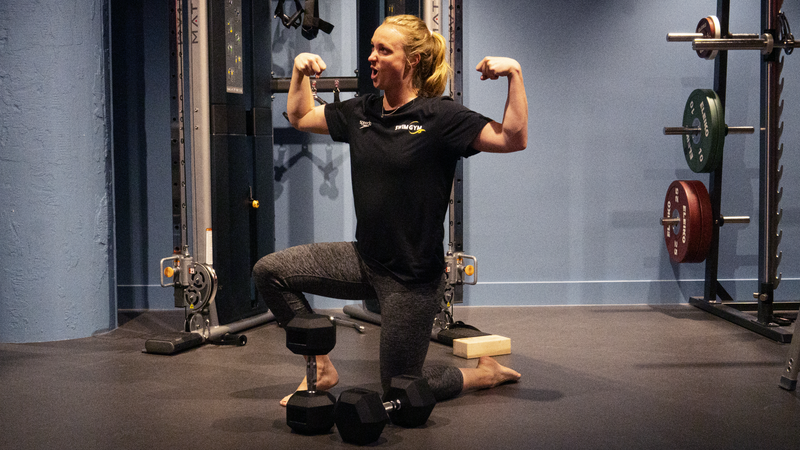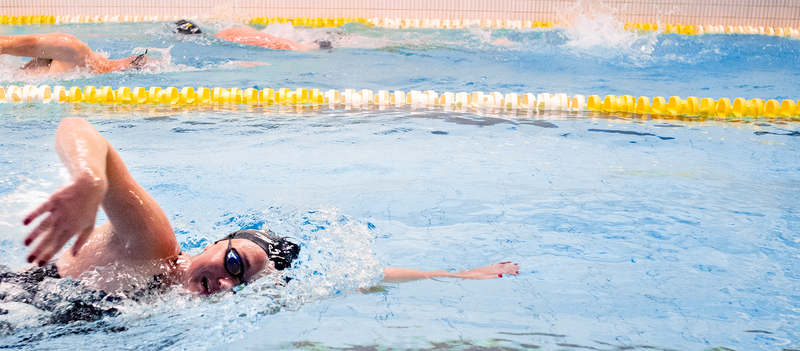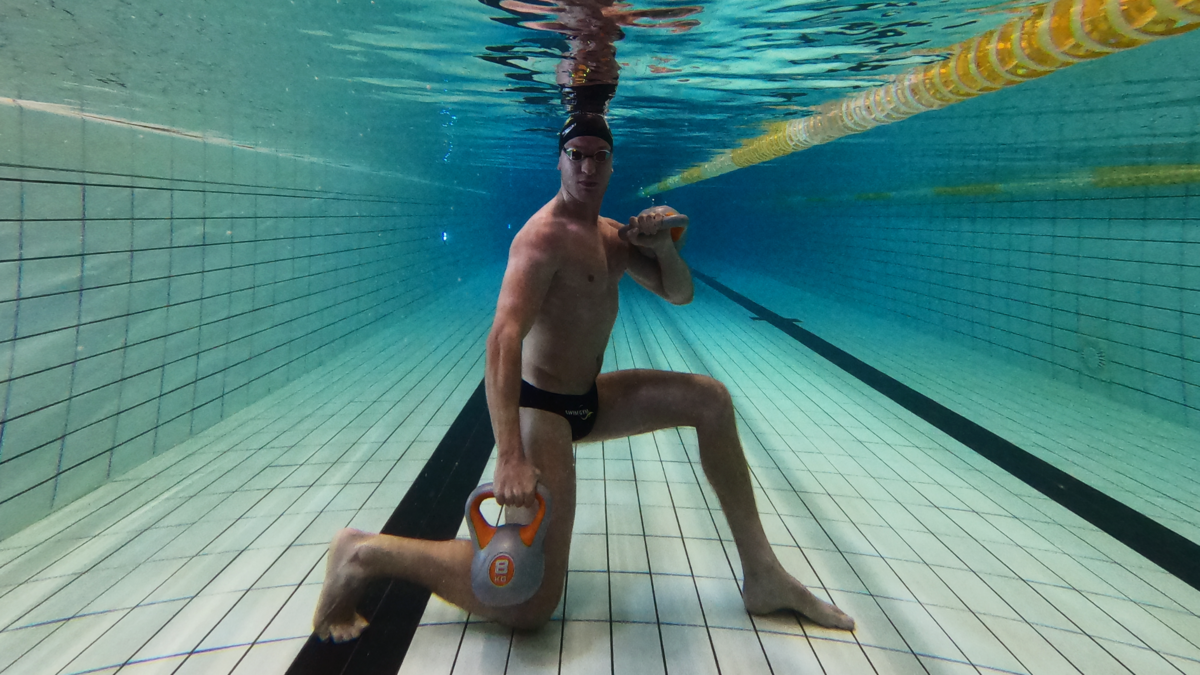Swimming blog - TRAINING Build strength to improve your endurance
In the past, endurance athletes believed that strength training was not good for their performance. Training for endurance and training for strength and power were considered as opposite training methods with contrasting changes to the body. For an endurance swim you need to build the capacity to swim submaximally without stopping, while training for strength you perform just a few repetitions with heavy weight before stopping. How can lifting a heavy weight for a few reps, prepare a swimmer’s muscles to handle endurance swims? That question isn’t easily answered, but we will attempt to do so!
Strength training
Strength is the ability to produce force. For simplicity there are two forms of strength training: heavy weight (low pace) strength training and explosive (light weight) strength training.
Heavy weight strength training increases the size and strength of the muscles. This by itself isn’t going to make you a better swimmer however converting the acquired strength into power by working on more explosive and coordinated movements is.
Strength training, by building strength and then converting it to explosive power, increases the size, strength and the fatigue resistance of the muscles. You will also become better and more efficient at controlling your muscles and thus your movements. These changes lead to improvements of some key elements related to endurance performance.

Improved endurance performance
Particularly, strength training results in improved muscle control and rate of muscle force production, this leads to more power and thus more distance travelled per swimming stroke. With the same amount of energy, you will travel further with every stroke you take which results in a more efficient swimmer.
Furthermore, strength training ensures your muscles will adapt to lifting heavy weights, which over time will make them stronger and more fatigue resistant. The improved fatigue resistance ensures that you can attain a higher intensity before fatigue kicks in. In other words, you can swim at a higher intensity and thus faster pace than before, with the same amount of fatigue.

Put Into Practise
Dryland training (at home)
As mentioned above, first and foremost one should build some general strength. You could rely on classical exercises in the gym such as pull-ups, dumbbell presses, military presses, tricep pushdown, lunges, dumbbell curls, etc. However general strength can also be built at home with our dryland workout (without any equipment) or our band resistance workout.
Use equipment in the pool
The strength built outside of the swimming pool should then be carried over to power inside of the swimming pool by incorporating speed and strength swim workouts into your training. Use paddles or fins when you want to intensify your sprint sessions even more.
Sprint training
Sprint training is also very effective. However sprint sessions come with some risk, since they produce way more fatigue and risk of injury compared to an endurance swim. You should therefore take at least 48 to 72 hours between two sprint sessions. If you find it difficult to build a personal program and plan your sprint sessions into your weekly training without the risk of overdoing it, then take a look at our daily training sessions where we take this all into account and bring your performance to the next level!
